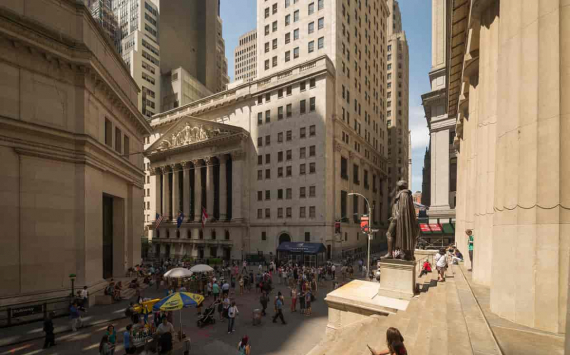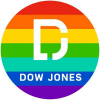
Risk insurance contracts
Investors in the US are buying a record number of risk insurance contracts amid a sell-off that has already sent US stocks down several trillion dollars, writes the Financial Times.
Purchases of put options and ETFs are rising substantially, with large investors putting $34.3 billion into these instruments in the four weeks ended Sept. 23, according to Options Clearing Corp. This is the highest since data began recording in 2009, with four times the average since early 2020.
Institutional investors invested $9.6bn in these instruments in the past week. Large funds thus want to protect themselves against a sell-off fuelled by aggressive measures by global central banks to curb inflation.
"Investors have realised that US Federal Reserve (Fed) policy is very restrictive given the current inflation environment and they can no longer expect it to help control the risk of asset price volatility, so they need to take more concrete action themselves," says the director of investment strategy at Gateway Investment Advisers.
The volume of put option purchases on equities is broadly in line with the levels reached during the 2008 financial crisis, given the growth of the US stock market over the past two decades, while the demand for call options is declining.
Although the sell-off has seen the S&P 500 index fall by more than 22 per cent since the start of the year, its decline is generally manageable, market experts say. Earlier this month the indicator posted its biggest fall in more than two years, but the Cboe VIX volatility index did not rise to the 30-point mark.
It is worth noting that over the past month, stock managers have started buying put options on individual stocks, betting that they can better protect their portfolios if they hedge against large swings in the securities of companies like FedEx Corp (NYSE: FDX). and Ford Motor (NYSE: F), which have fallen significantly after those companies warned of weakening profits.
U.S. stock indices fell substantially in trading on Friday, ending the week "in the negative" for the second straight week. The Dow Jones Industrial Average fell to its lowest level since 20 November 2020 and the Standard Poor's 500 is just above this year's low.











